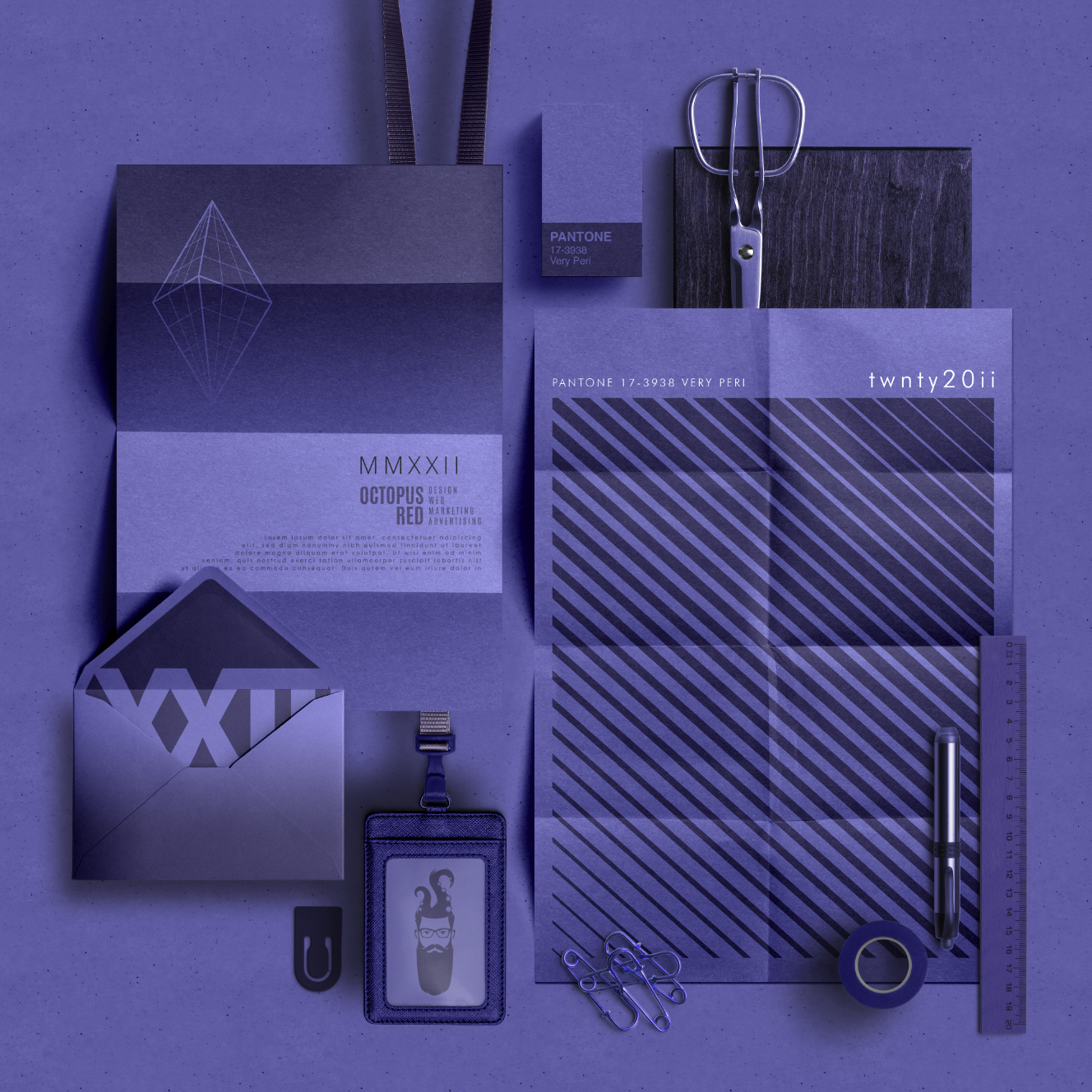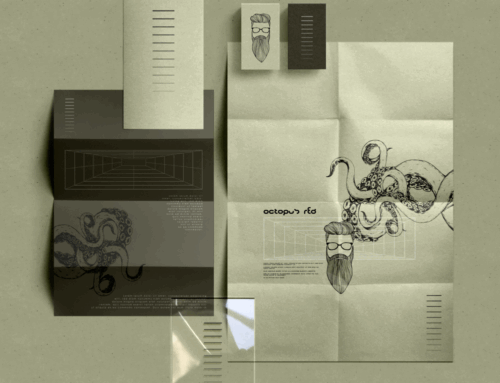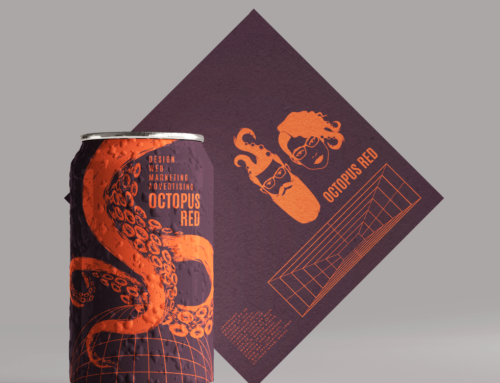What we like, and what works. Understanding the difference.
Everyone knows what they like. What constitutes personal taste is as wide and varied a spectrum as you’ll find. Food. Fashion. Entertainment. Esthetic. Identifying the difference between what we like, and what “works” best for a layout or design composition, is critical.
A client may love a certain colour palette, or design element, or layout arrangement because that’s what they personally find visually appealing. But what happens when what they like, and what “works” for the project, are not the same thing? Confusion and frustration on the client side that presents as looks of confusion and statements like, “huh, it’s not how I saw it in my head.”
The difference between an expert and a novice is understanding the difference between what we may find appealing visually, versus what is the most appropriate direction for the look-and-feel. Lucas, the designer, may not be overly fond of blues or greens, but if the layout demands those tones it can’t be about what “I” want, but rather, what the integrity of the layout demands. A good designer is able to “stay out of their own way” for the sake of the project. An important side benefit to this approach is a unique and varied portfolio that demonstrates openess and flexibility.
In a higher volume, production-style environment, it’s easy for the designer to fall in to creative “rut” a place of comfort that results in too many projects looking and feeling the same as other projects. It’s perfectly acceptable to have a “house style” but it’s vital that each execution, each campaign, be as unique as your subject matter. I like to think of it as a two-fold debt, something I owe my clients, and something I owe to the integrity of my portfolio.



